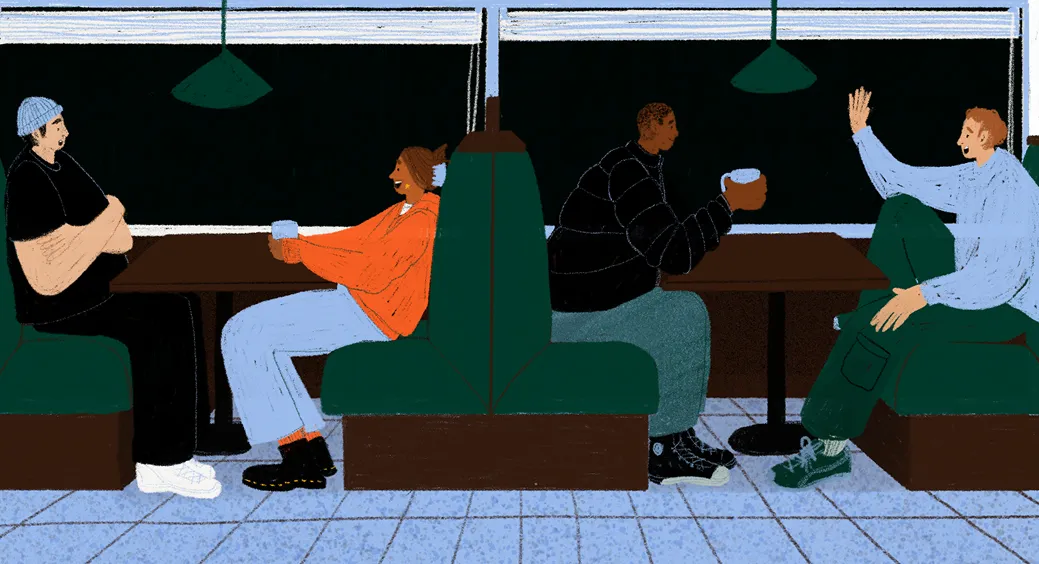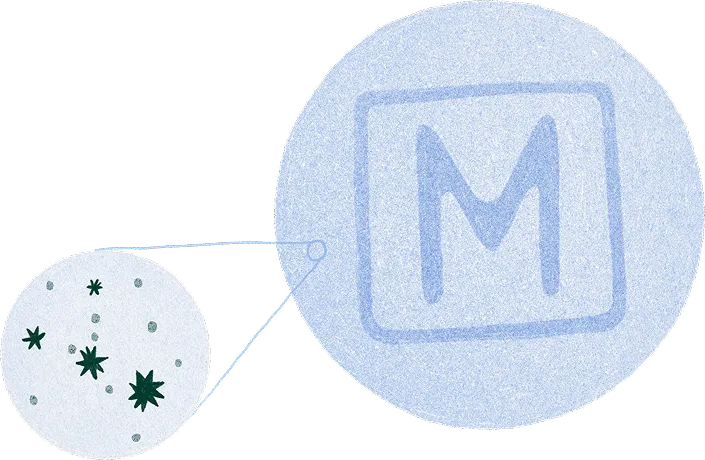
Worried about a friend?
Opioids like fentanyl have specific effects. Here are some signs a friend or loved one may be struggling with substance use.

Body
- Excessive sleepiness
- Very small or “pinpoint” pupils
- Slurred speech
- Scabs from scratching
Brain
- Increased anxiety or depression
- Trouble remembering things
- Confusion
Behavior
- Pulling away from friends
- Big mood swings
- Being secretive
Regular substance use can affect someone’s life in many ways. It can change brain chemistry, create physical dependency, disrupt daily routines, and damage relationships. If you or someone you know is struggling with substance use, help is available.
Conversation tips
Sometimes, a caring conversation makes all the difference. Talking to a friend about drugs can be awkward at first, but it could be one of the most important things you do for them. Use these tips to get started.
Keep it casual. Take a walk or give them a call.
Ask open-ended questions and really listen.
Share facts about fentanyl and fake pills.
Ask them to carry naloxone (Narcan).
Let them know you care and want them to be safe.
Your friend might get mad or defensive. If they do, it’s OK to try again another time.
You also don’t have to handle this alone. You can talk to an adult you trust.
What to say
“How are you? We haven’t talked in a while.”
“You haven’t seemed like yourself lately.
How are you feeling?”
“I’m worried about you. How can I help?”
“Is there anything you want to talk about?
I’m here for you.”
Ways to prevent
or reverse an overdose
Test pills and powders
Use fentanyl test strips to test pills and powders. Buy strips at dancesafe.org/shop or find free local resources. Many places that offer free naloxone also offer free testing strips.
Practice the buddy system
Think of this the same way as having a designated driver. One person is always alert and can look for signs of an overdose.
Avoid mixing drugs (or drugs and alcohol)
It makes an overdose more likely.
Share the Never Use Alone hotline: 1-877-696-1996
Volunteers stay on the phone while a caller uses drugs and call 911 if the person stops responding.
Call, text, or chat the 988 Lifeline.
Caring counselors are available any time for free and confidential help.
Carry naloxone (Narcan).
Naloxone is a medication that reverses opioid overdoses, including from fentanyl.
